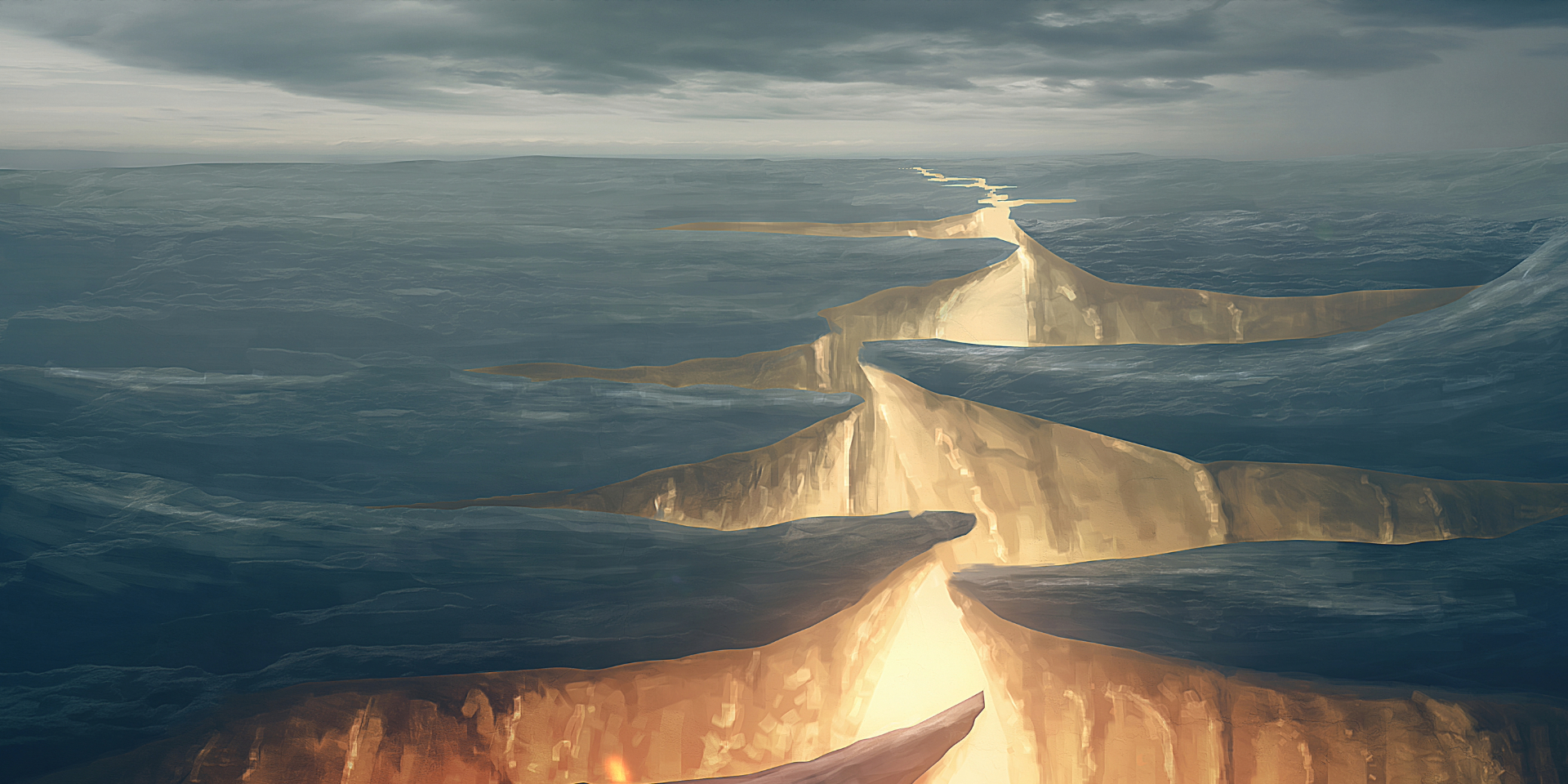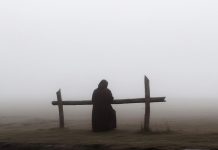Earthquakes have always struck fear into the hearts of people who didn’t know why the earth was shaking but who saw how easily their possessions or loved ones could be lost to such tremors.
The legends of ancient cultures sometimes seem comical to us, but today’s superstitions about earthquakes, although different, continue to satisfy some people’s desire for an explanation.
The Greeks believed that the god Poseidon stirred up the great sea on which the earth floats and that’s why earthquakes occur. But the most elaborate ancient theories of earthquakes were based on the idea of massive air movements in underground chambers. The “wild winds” trapped in subterranean caverns and causing earthquakes when they try to rise to the surface are mentioned in the writings of Aristotle and were later taken up by Shakespeare, who refers to them in the historical play Henry IV.
Interestingly, ancient conceptions of earthquakes generally did not vary beyond interpreting earthquakes as the result of two types of events: either gods fighting, or mythical animals supporting the earth shifting their position.
In one West African legend, the earth is a flat disc held at one end by a mountain and at the other by a giant, while his wife holds up the sky. Sometimes the giant and his wife embrace and then the flat earth shakes. The African legend is similar to one from Central America, which also says that the earth is flat and is supported at its four corners by various gods. When they decide that the earth is overpopulated, one of them releases his corner and gets rid of the surplus of people.
The Latvians also believe that the whims of the gods are the cause of earthquakes, and that a god called Drebkuhls carries the earth through the sky. But when he has a bad day, Drebkuhls is not very careful how he carries his load, and the earth shakes.
In Scandinavia, an earthquake is nothing more and nothing less than the writhing in a subterranean cave of a god who is being punished for the murder of his brother. Loki, as this god is called, is said to have murdered his brother Baldur and was therefore bound in a cave with a terribly heavy boulder. Above his face is a snake that constantly drips poison, which the god’s sister collects in a jar. From time to time the sister would go to empty the jar, and the poison would land on Loki’s face, making him contort in pain.
The West Africans explained their earthquakes by saying that the earth was the head of a giant, and the plants growing on the earth were the giant’s hair, while people and animals were like insects moving through the giant’s hair. When the giant moves suddenly, the earth shakes.
The Kukis Indians of Assam (in the north of the country) believed that there were people living in the heart of the earth who shook the earth from time to time to see if anyone else lived on the surface. That’s why children were taught to shout “I’m alive! I’m alive!” so that the people below would know that those on the surface were still alive and would stop shaking. This belief is similar to the Peruvian legend that from time to time the gods visit the earth and count the people. Their footsteps are so heavy that they shake the earth. To stop the quake, people run out of their houses shouting “I’m here! I’m here!” Both legends thus contain a protection system for people who have been taught not to stay in their houses when an earthquake occurs.
Similarly, in some cultures, the belief that earthquakes are caused by mystical animals has developed. In India, for example, it was believed that the earth sat on four elephants, which in turn sat on a turtle. The turtle tries to keep its balance on the head of a cobra, but always fails. Whenever one of these animals moves, the earth shakes.
In Japan, the belief is that a huge, mischievous stingray has to be appeased by a god who holds it under a rock. If the god is careless, the stingray breaks free and starts moving.
The Mexican vaqueros of California believed that the devil split the earth when he wanted to create shortcuts to come and do harm.
Judeo-Christian culture also associates earthquakes with divine intervention, but Christians have come closer than other cultures to interpreting earthquakes scientifically. Earthquakes, along with other impressive and awe-inspiring natural phenomena (thunder, lightning, heavy rain), have been associated with manifestations of God’s presence (see Isaiah 29:6). But this portrayal gives a symbolic charge to the natural phenomenon, not an attempt to explain its cause.
Although it is not a book of natural science, the Bible implicitly conveys the ideas that circulated among believers about earthquakes. Notable, for example, are the earliest biblical accounts of an earthquake: those in the Book of Genesis, dating from before 2370 BC. The book—thought to have been written by Moses—reports that on the third day of creation the continents were raised and the oceans were lowered (Genesis 1:9). Dr Stephen Austin, a geologist with Logos Research Associates in the United States, describes this spectacular chain of landform events as the first in a series of 17 earthquakes that the Bible records and reviews. The researcher concludes that these phenomena tend to accompany major events in which God judges, delivers or communicates openly with believers.
A special place in Christian theology is occupied by the earthquakes that are seen as signs of the imminent return of Christ. In an article published by Adventist Biblical Research, theologian Ekkehardt Mueller, an expert on the book of Revelation, notes that the Bible passage on which this interpretation is based seems to suggest that earthquake-like phenomena will become more common prior to Christ’s return.



















